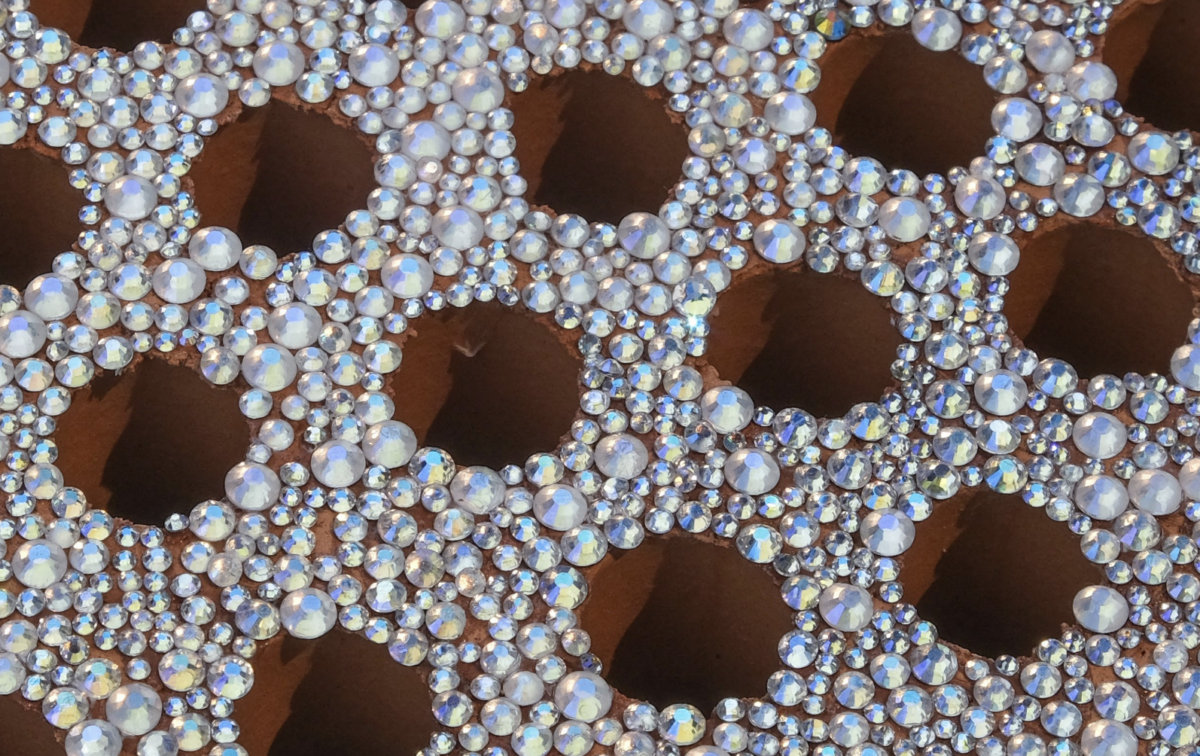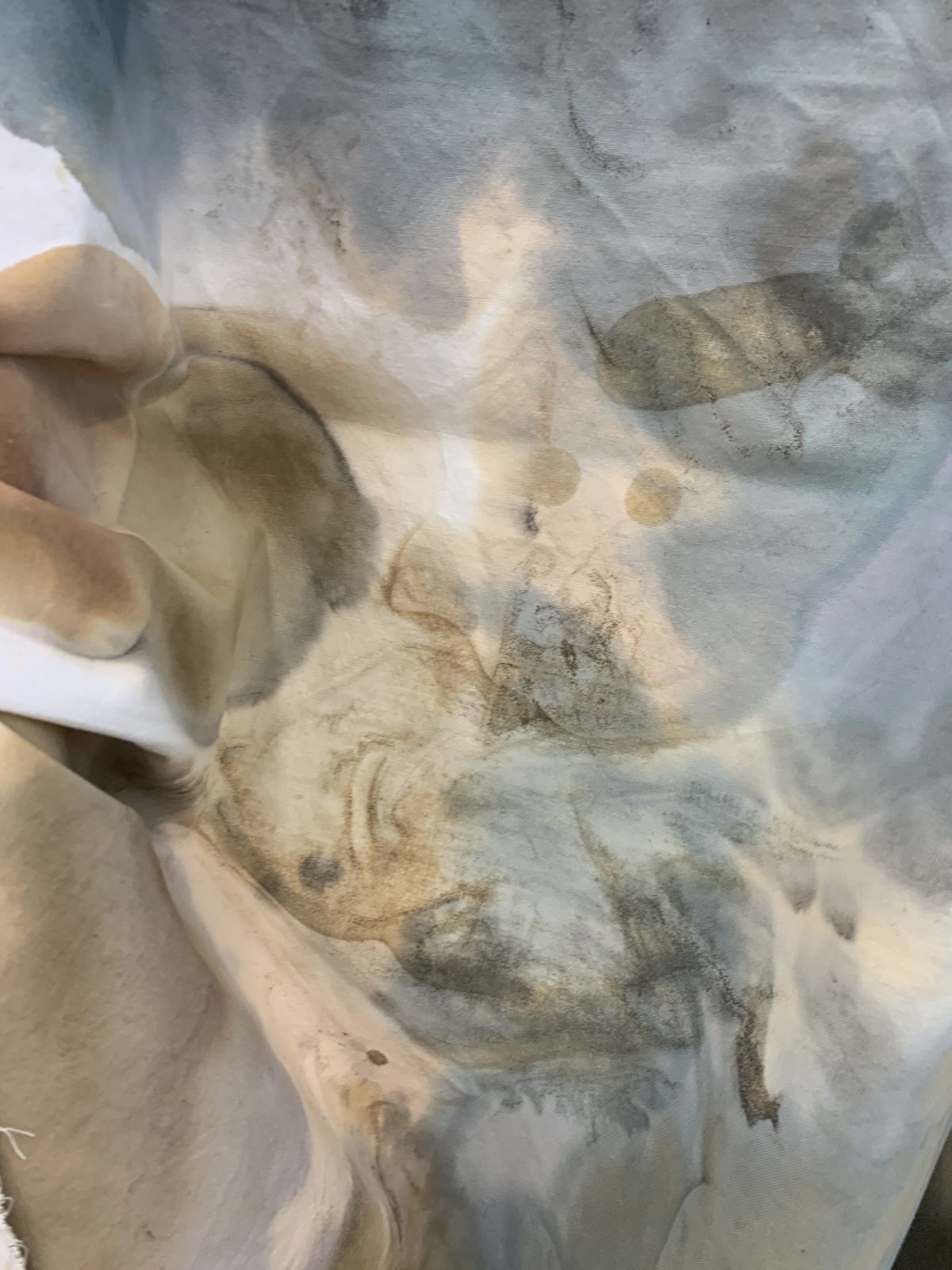For today’s article, I had the opportunity to talk with a clever young artist whose passion for photography caught my attention. Maurice Dietziker is a Bienne-based artist who has been experimenting with film, painting, and theatre. Today he kindly took the time to answer some questions and will take you behind the curtains of his personal experience and his work ethic, which together merge into a dazzling and poetic expressivity.

As our guest today, tell me when you first approached photography and what camera you used.
I approached the art of photography when I was around 13 or 14, but I only had the possibility to possess a real photo camera when I turned 17. Until that moment I would mostly use my phone — which back then didn’t have a good built-in camera — and my parents’ videocamera to experiment with photography and share it on social media. For the last five years I have taken at least 5 to 10 pictures a day. Currently I still use both phone and camera for my work.
Wow, that isn’t a small number at all! With this extensive collection of photographs taken over recent years, can you notice an artistic evolution within your subjects, and if so, in which way can you describe this progression?
As I started to dive deep into this fascinating field, I primarily took pictures of nature and landscapes. I liked following the rhythm of the seasons, adapting to its unstoppable cycle. My focus was on the geometric structure of the subjects: as I documented my surroundings, I sought for the perfect composition, strengthened by strong lines and symmetry. Now, when I look at those various series of pictures taken, I can notice how they reflect the alternating of seasons: in winter the main colours were dark tones, while as springtime approached, shades lit up and brightness increased. I would go for long bike rides, and with my camera I would try to fit everything within the frame. I wanted the full breadth and depth of subjects to be captured in my photographs.

Today, I can notice how much my gaze has changed: I aim for more delicate, interesting, hidden frames in the world surrounding me, that “picture in the picture” type of thing. It’s as if I seek for the spectacular in unspectacular things. As a photographer, shadow and light are undoubtedly key aspects of my work. Their constant dynamics changes the facade of our surroundings at all times of the day, altering our perception of it. In these last few years, this has been my main focus within photography: how to capture moments, atmospheres and sensations through light.


It may seem obvious to you, but I am curious to understand why you chose photography: what does this medium give to you that other forms of art don’t?
I experimented with many forms of art, such as painting, drawing and even theatre, but above all, photography fascinates me in ways that other mediums don’t. Many factors gently pushed me to pursue this art form: Firstly, even though it may seem to be a negative aspect, photography’s ease and speed allow it to be used by anyone. This is also due to the fact that today’s technology has democratized this form of art, making it accessible and even pocket-sized. Because of this aspect, I find it wonderful. Nevertheless, I like to remind myself of a quote which warns, “easy to play, hard to master”. Photography is of course an art for everyone, but mastering it, being able to frame the world and give it your personal touch, is a completely different achievement. This distinction is very important, especially for those who, in front of a picture — or any type of art at all, — have thought, “Oh, I could’ve done that too.”.
Another aspect of photography that really intrigues me is that the stories told by pictures are completely different than those told by a book, film, or theatre plot. It is only by capturing the world in a certain way that you can truly tell a story. Last but not least, photography allows you to make memories and moments visible and concrete: you can look back and live them one more time. Taking pictures isn’t merely art itself, but also a lifetime of memories, a medium with which you can frame glimpses of experiences. In fact, in my room, no white walls can be found: everything is covered by memories.

As you mentioned before, you have been experimenting with photography every single day for several years. Explain to me, Maurice, what is your work ethic?
Well, first of all, consistency is key. The non-stop trying and trying and trying again is fundamental in developing a personal style. This gives you expertise, another key aspect. Also I believe that empathy is needed to succeed in what you do: by respecting the subject, whether people or places. I notice how my passion for photography and the way I work with it allows me to understand how to deal with other aspects of life. For example, excuse-making: just by thinking that you need the latest camera model or simply better equipment. In life you can keep on wishing for more but not do anything in the first place. Constantly planning, desiring and perfecting everything won’t take you very far. Just start and make the best out of what you already have.
In which way do you want to have photography in your future? Tell me what role this passion of yours has in your current life and in the one ahead of you.
Honestly, no matter what I will end up doing in life, photography will always be part of it. Professionally I don’t plan to become exclusively a photographer, since I know I can keep working on it while having a totally different career. Undoubtedly, I want to improve my technical skills and experiment with other areas, such as street photography and portrait photography. In addition, I would like to take my photographic composition and apply it to cinema-related projects.


Personally, photography has helped me understand many things, many values which can be applied to other aspects of life, such as consistency and patience. Furthermore, taking all these pictures throughout all these years has helped me “learn to look” at the world in all its little details.
Before closing up our conversation today, here is the last question: what is your vision?
I can answer by telling you that what I want to achieve is showing people what they are missing. How can I give and contribute to society? With my enthusiasm, I hope I can make ordinary things visible. In the end, I truly believe that in every second of life there is something to capture, something to be fascinated about, a feeling to be framed, and a memory to be lived again.

I was thrilled to hear what was behind such an elegant and creative mindset, which will surely be an asset in the years ahead for Maurice. Unfortunately, not everything we discussed could be included, therefore I strongly encourage you to follow him along as he develops his warm and humble personal style.




